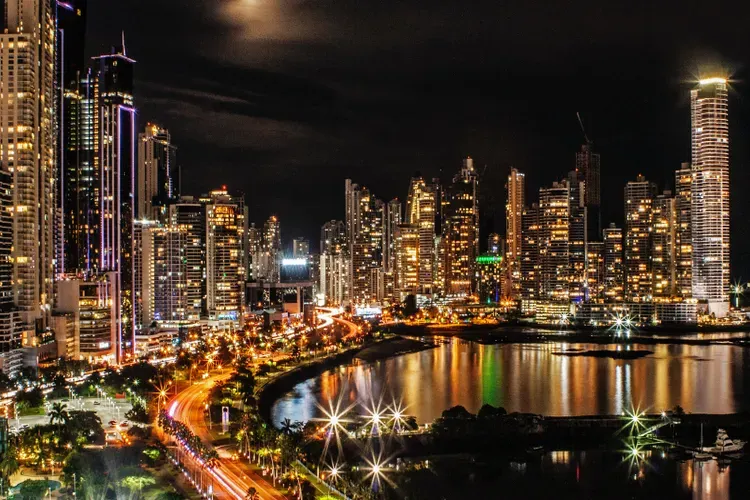Strengthening Public Safety: New Police Checkpoints in Panama
No More Random Checkpoints!
Are you concerned about safety in Panama? You’re not alone. With the recent announcement from the National Directorate of Citizen Security, significant changes are underway to enhance public safety through the introduction of new police checkpoints and control measures.
In a bid to strengthen security across the nation, Circular No. 65/24, signed by Commissioner Jorge Domínguez Cisneros, establishes clear protocols for police operations. This directive focuses on implementing fixed and mobile checkpoints, observation points, and blockade strategies.

With operational hours set from 11:00 PM to 5:00 AM, these measures aim to deter crime and reassure citizens about their safety on the roads. Dive deeper into this comprehensive directive to understand how Panama is actively working towards a safer environment for everyone.
Whether you're a resident or planning to visit, knowing about these changes is essential for navigating the streets of Panama confidently.
Say Goodbye to Random Checkpoints!
Panama, July 18, 2024 - The National Directorate of Citizen Security has released a new directive, Circular No. 65/24, aimed at Zone Chiefs and the National Police Services. This initiative, endorsed by Commissioner Jorge Domínguez Cisneros, the Director of National Citizen Security, seeks to establish police checkpoints, control points, observation posts, and roadblocks to enhance security across the country.
Key Implementation Details:
Operational Hours: These police measures will be active from 11:00 PM to 5:00 AM, ensuring a tighter grip on safety during the night.
Operational Justification: Each measure will be backed by a detailed operational matrix that outlines specific tasks and objectives. This matrix must be signed off by the Chief of Zone or Police Service, in accordance with protocols set out in the Police Procedures Manual.
Reports to DINSEC: Zone chiefs are required to submit updated plans detailing blockade strategies and the locations of established control points to the National Directorate of Citizen Security.
Understanding the Different Types of Devices:
Police Checkpoint: This is a fixed or mobile station positioned on public roads designed to deter lawbreakers from using these routes. Each checkpoint will comprise eight units, including selection, registration, support, security, pursuit, traffic control, and a supervising officer.
Control Point: Similar to a checkpoint but focused on main roads, this setup monitors the entry and exit of vehicles to thwart criminals from escaping.
Observation Point: Strategically placed in key locations, these points are intended for monitoring specific areas to help prevent crime from recurring.
Blockade Point: This device slows down traffic flow to facilitate the apprehension of suspects before any crimes can take place.
The National Directorate of Citizen Security underscores that these initiatives are vital for upholding public safety and order. They reaffirm their dedication to protecting and serving the community. All members of this institution are urged to comply with and uphold the laws and regulations governing their duties.
By implementing these measures effectively, Panama aims not only to deter crime but also to instill greater confidence in its citizens regarding their safety on the streets.









